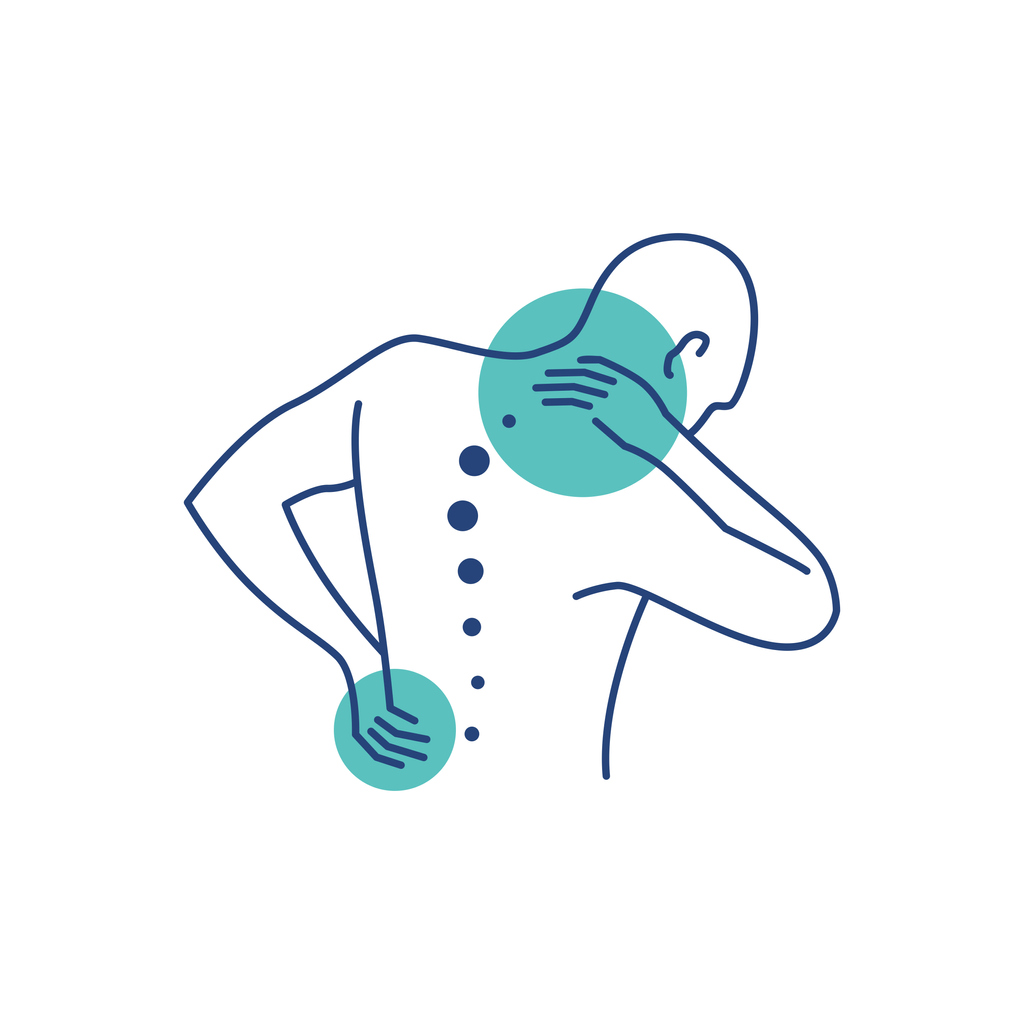Pain
World Health Organization Guidelines for Nonsurgical Treatment of Chronic Low Back Pain

Low back pain impacts around 619 million people worldwide (approximately 1 in 13 people) and is the leading cause of disability globally. Until very recently, however, a standard of care for how to treat chronic low back pain has not been available. On December 7, 2023, the World Health Organization (WHO) released its first-ever guidelines for the treatment and management of chronic low back pain. The guidelines specifically apply to lower back pain lasting longer than 3 months that is not due to an underlying medical problem or condition and without spine-related leg pain.
According to the WHO, chronic low back pain responds best to a holistic, person-centered approach. For example, it is important to consider each individual person, their unique situation, and different factors that may influence how they experience pain.
It is also recommended that adults with chronic low back pain start with the least invasive treatment with the lowest potential for harm and, if needed, advance to more invasive treatment or surgery. It’s important to note that the preferences of the individual should be taken into consideration. If an individual does not consider a treatment to be helpful, they are less likely to adhere to it.
The guidelines are divided into 5 classes: education, physical interventions, psychological interventions, medicines, and multicomponent interventions.
Recommended
Recommended nonsurgical treatments for standard care of chronic low back pain include the following:
- Structured and standardized education and advice (e.g., self-management education programs, etc.)
- Structured exercise therapies or programs
- Needling therapies (e.g., dry needling or acupuncture)
- Spinal manipulation therapies (chiropractic)
- Massage
- Assistive mobility devices
- Operant therapy
- Cognitive Behavioral Therapy (CBT)
- Non-steroidal anti-inflammatory drugs (NSAIDs)
- Topical capsaicin products
- Multicomponent biopsychosocial care
Not recommended
Non-surgical treatments for chronic low back pain that are not recommended for routine care include the following:
- Traction
- Therapeutic ultrasound
- Transcutaneous electrical nerve stimulation (TENS) therapy
- Lumbar braces or belts
- Antidepressants (SNRI & tricyclic)
- Anticonvulsants
- Skeletal muscle relaxants
- Glucocorticoids (corticosteroids)
- Injectable local anesthetics
- Supplements: white willow and devil’s claw
- Pharmacological weight loss
The use of opioids
The WHO states that opioids should not be used as a stand-alone treatment for chronic low back pain. When used in conjunction with other treatments, opioids should only be prescribed at the lowest therapeutic dose for the shortest period of time.
Additional sources: World Health Organization, Canadian Chiropractic Association, and World Health Organization


















